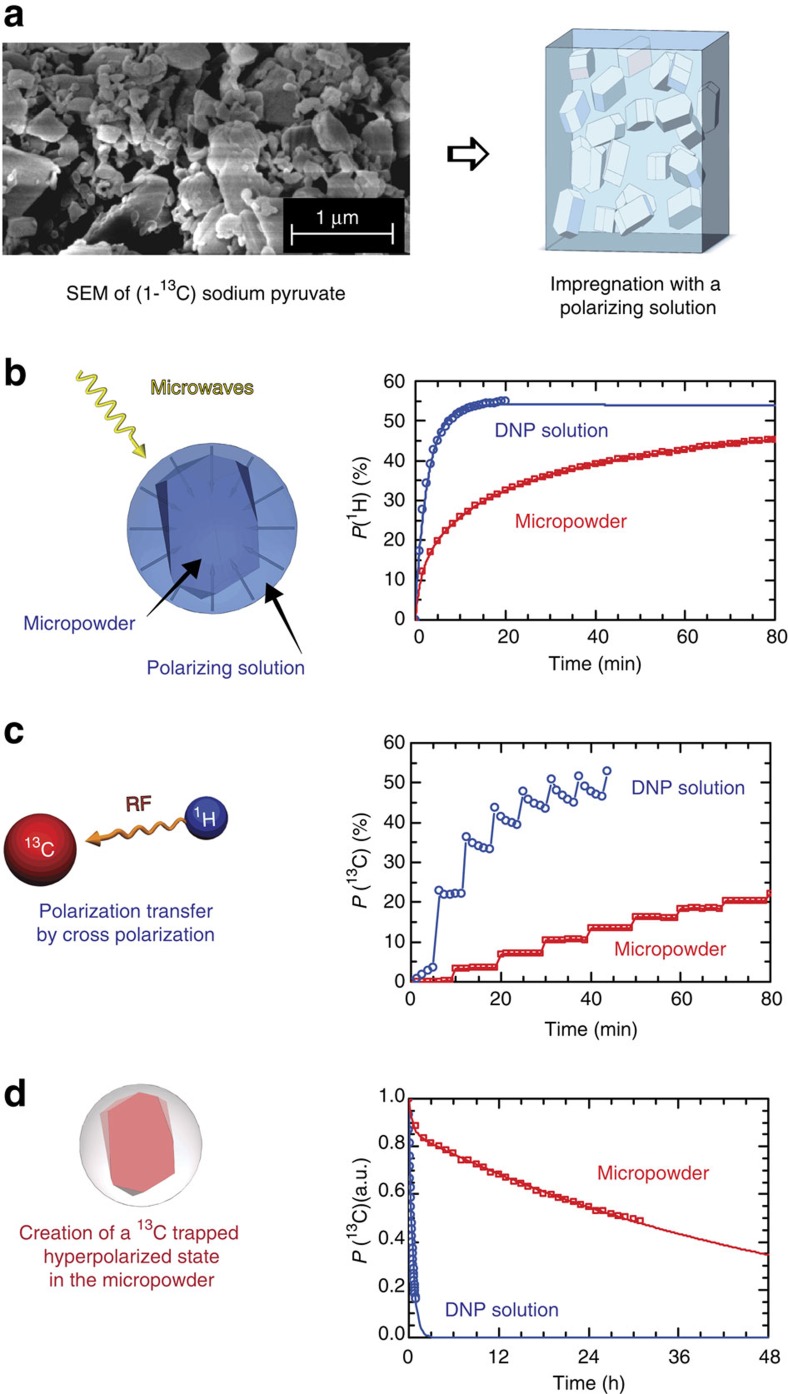Figure 1. Illustration of the steps leading to a locked hyperpolarized state.
(a) Preparation of an impregnated powder. The radical-free phase (RFP), here a micro-powder of hydrophilic [1-13C] sodium pyruvate ground by hand, as shown on the SEM image, is impregnated with the radical-rich phase (RRP), here a hydrophobic glass-forming solution. (b) Spin diffusion relayed dynamic nuclear polarization (DNP). The resulting micro-formulation is placed in the polarizer and irradiated with microwaves. Initially, DNP enhances the proton polarization within the RRP and proton–proton spin diffusion transports the polarization to the RFP. The graph shows the 1H DNP build-up at 6.7 T and 1.2 K in (blue circles, DNP solution) for a homogeneous frozen glassy mixture of sodium [1-13C]pyruvate in H2O:D2O:glycerol-d8 (2:3:5) and doped with 40 mM TEMPOL without RFP, and (red squares, micro-powder) the build-up in micro-particles of pure sodium [1-13C]pyruvate (the RFP) that were impregnated with a solution of toluene-d6:THF-d8:THF (8:1:1) doped with 40 mM TEMPOL-benzoate as RRP. The curves show single- and bi-exponential fits to the data, as described in the text. (c) 1H→13C cross-polarization (CP). Several CP pulse sequences (see methods for details on the pulse sequence) are applied to transfer the proton polarization in the RFP to carbon-13 of the metabolites. The graph shows the 13C CP-DNP build-up curves of the same glassy RRP (blue circles) and micro-particulate RFP (red squares). (d) 13C-trapped state at 4.2 K. As the carbon-13 nuclei in the RFP are not in close contact with the paramagnetic radicals of the RRP, the hyperpolarized 13C magnetization has a long lifetime T1(13C) at 4.2 K. The graph shows the decay of the 13C nuclear spin polarization at 4.2 K and 6.7 T in the same glassy RRP (blue circles) and micro-particulate RFP (red squares).

